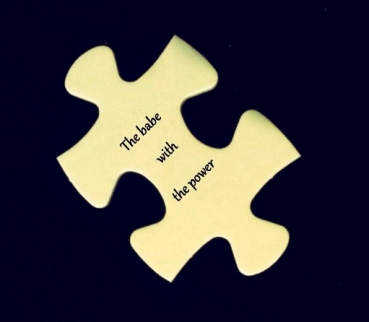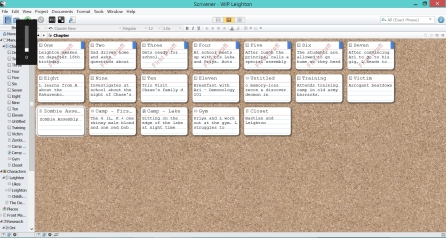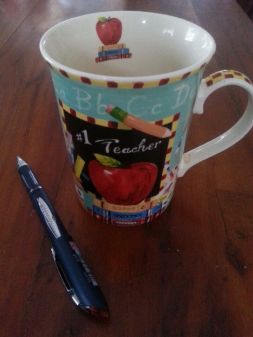Hello y’all! This month’s blog topic is PROCESS. Each week, one of us will share with you a little about our individual writing processes. Today is my turn 😀
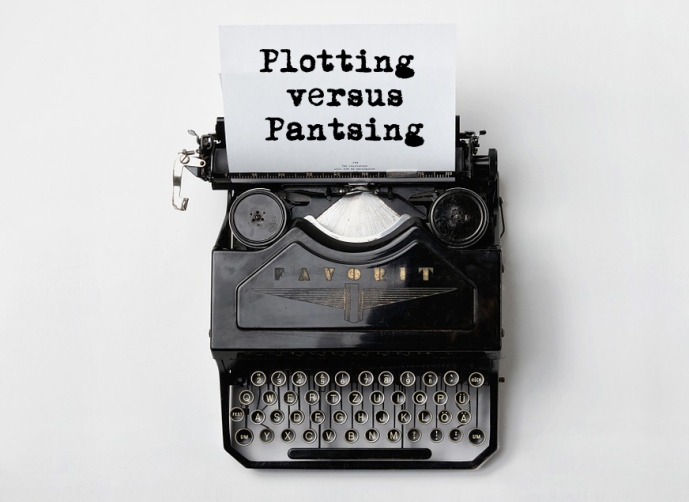
When I think of process, the first two words that come to mind are PLOTTER and PANTSER. The third, EDITING.
Plotting vs. Pantsing
For those of you unfamiliar with the terms, a plotter is someone who plots their story before they write and a pantser is someone who writes by the seat of their pants (ie. without a plan). Since I started writing seriously (six years ago last month) I’ve had the pleasure (or should I say torture?) of being both.
Never having composed anything longer than 4000 or 5000 words (and primarily academic at that), my first attempt at writing a novel was an exercise in futility discovery. I started with a rough idea of where the story was headed – I knew who my characters were, what they wanted, where they would end up – but as far as individual scenes went I had no clue. Then I plonked myself down in front of my computer and wrote and wrote and wrote, letting the story and characters guide me. In other words, I pantsed it.
I have to say writing this way was a very exciting and eye-opening experience. I edited as I went – not moving to the next scene until I’d written the first perfectly (or as perfectly as I felt it could be). Just to explain, writing for me is a little like crafting poetry – there’s a rhythm to the sentences, a music to the phrases, I strive for. Once I find that rhythm, I’m happy. But it can take a long time – and a lot of hair-pulling and nail-biting – to get to that point.
The process of writing without a plan felt a little bit like archaeology – as if my story already existed and all I was doing, with my handy pencil and paper (or rather cursor and empty screen), was uncovering it. When I wasn’t writing, I’d listen to music and daydream about where my characters were taking me. Then, when I’d write, I’d reimagine those scenarios in my mind and transcribe what I saw onto the computer screen. I suppose you could say it was an organic process. It also amazed me how just through the use of words, I could create an entire world from nothing.
Two years and 140k words later I was still plodding along – writing a few hundred words each day and editing them to perfection. But when I was just about to start writing the end of my epic masterpiece, I suddenly realised something was terribly wrong. And, let me assure you, I do not use the word “suddenly” in this context lightly. The realisation hit me like a bolt of lightning – painfully and out of the blue.
Even though each scene was (in my personal and novice opinion) beautifully written, my characters were well-rounded and driven by their own unique motivations, and my world was painted in crisp detail, my story dragged. Even though it pained me to admit it, my manuscript seemed like one big exercise in self-indulgence. I was flexing my writing muscles, as I think every new writer does – you know, trying different techniques and playing with words – but the stuff that was making it onto my page was not there because it served the story, it was there because it pleased me. And as any writer with an ounce of experience knows – this is a big no-no.
It was at about this time I had the amazing honour of participating in a writing workshop hosted by Maggie Stiefvater – who just so happens to be my favourite post-1990s YA author (you can read more about my experience HERE). After listening to her advice and bombarding the poor woman with a barrage of questions (sorry, Maggie), I realised what my story was lacking.
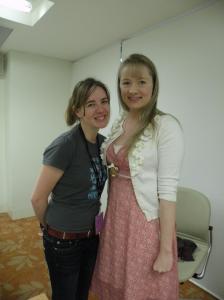
Me and the super amazing talented Ms Stiefvater!
A KILLER PLOT.
Well, a killer plot AND a kick-butt main character who lived in the midst of the action rather than sitting on the sidelines watching – but that’s a whole other topic for a whole other blog post.
Don’t get me wrong, my story had direction – it was hurtling towards a clearly defined ending – but it was the road the story was travelling to get there that was the problem. It was boring. It was a long stretch of uneventful road with the occasional pothole dug out here and there. What my story needed was some twists and turns, some bumps, some bloody scaling-the-side-of-a-mountain excitement.
So I went back to my computer, saved what I had written in a file somewhere deep inside my C drive, and started all over again. That’s right folks – I discarded 140k of prose I’d spent hours painstakingly crafting and started from scratch.
But this time I was prepared.
I studied books I loved to see how they were plotted. I picked apart movies that kept me on the edge of my seat. I grilled other writers about their processes and scoured their blogs for tips and tricks. And then I planned out my novel scene-by-scene.
I became a PLOTTER!
Editing
I also gave up the practice of editing as I wrote – which, I have to admit, was the hardest and most daunting part of the whole process. I’d heard many writers say they wrote their first draft quickly and messily, solely for the purpose of getting the story down on paper. “You can’t edit a blank page,” they’d say. But for the life of me I couldn’t figure out how to write like that myself. My first draft was like a final draft – every sentence neatly written, every paragraph slaved over for hours (and believe me, that’s not an exaggeration – there were times I’d spend a whole afternoon perfecting one or two paragraphs). Letting go of this perfectionism seemed an impossible task. How could I possibly move on to the next scene if I wasn’t completely satisfied with the one I was working on? But after throwing away 140k of carefully crafted prose, I knew I didn’t want to waste any more precious time on scenes that might ultimately be cut.
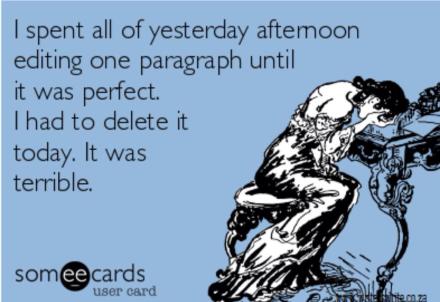
I saw this on Twitter today and it sums up my experiences exactly… 😥
So I came up with a new writing plan: jot down the novel scene-by-scene, write the entire story quickly and roughly, and then read it with a critical eye. Does the plot entice the reader forward? Does the story lag? Are there places my eyes glaze over when I’m reading? Then and only then, once I’ve fixed any of these issues and am completely convinced my story is riveting and well-paced, will I fill in all the details and make the magic happen.
Sounds like a good plan, right? And in theory it was. There was just one problem – for the life of me I couldn’t get my mind around how writers wrote a rough first draft. I searched for examples all over the internet – but they always seemed to be as well written as a final draft. Then I stumbled across a writer who said they wrote their first draft like a script… and finally, I understood.
If I wrote the bare bones – you know, a basic setting description, dialogue, and some stage directions – then I knew could write fast and get a scene down and still feel okay enough to move forward.
I had found MY way.
Here’s an example of how I write my first draft now as opposed to my second draft:
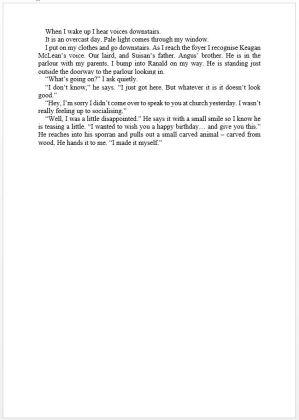
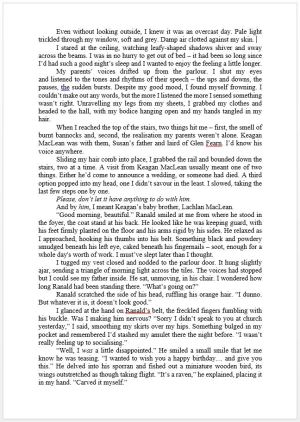
My Process
So there you have it.
After much trial and error (emphasis on error), my writing process now goes something like this:
1. Write an outline, scene-by-scene (Blake Snyder’s Save the Cat is my bible when it comes to plotting);
2. Write the first draft like a script – ie. basic description of setting, dialogue and a few stage directions;
3. Read over the first draft and make sure I’m happy with the plot and pacing. Make any changes needed;
4. Write the second draft (this is the pretty draft – the one that reads like a novel and is torture to write);
5. Read over the story again. Enlist the aid of beta readers. Get feedback.
6. Revise with feedback in mind.
7. Line edit.
I think the moral of my story is that we, as writers, are all different. While some writers can pants it and still come up with a story that has an amazing plot, I can’t. Plotting simply doesn’t came naturally to me – not yet anyway. Maybe over time I’ll learn to do it instinctively – after I’ve spent many years writing novels and training my mind to think in a plot-like structure. But for now, if I don’t want my stories to be long, boring, albeit well-written, suck-fests, I have to sit down and deliberately carve out that structure.
I recently finished writing my first draft for my WIP. It took me about four months of casual writing and stands at 31K words. By the time I finish the second draft, I expect it will bulge at 80-90K. It will also take me a hell of a lot longer than four months to write. But at least I know most of what I write will be there in the final version.
So, now it’s your turn… What, my dear readers who also happen to be writers, is your process?
Next week Gabbie will be taking over The Print Posse blog to tell us all about her writing method.
Be sure to check in 🙂


